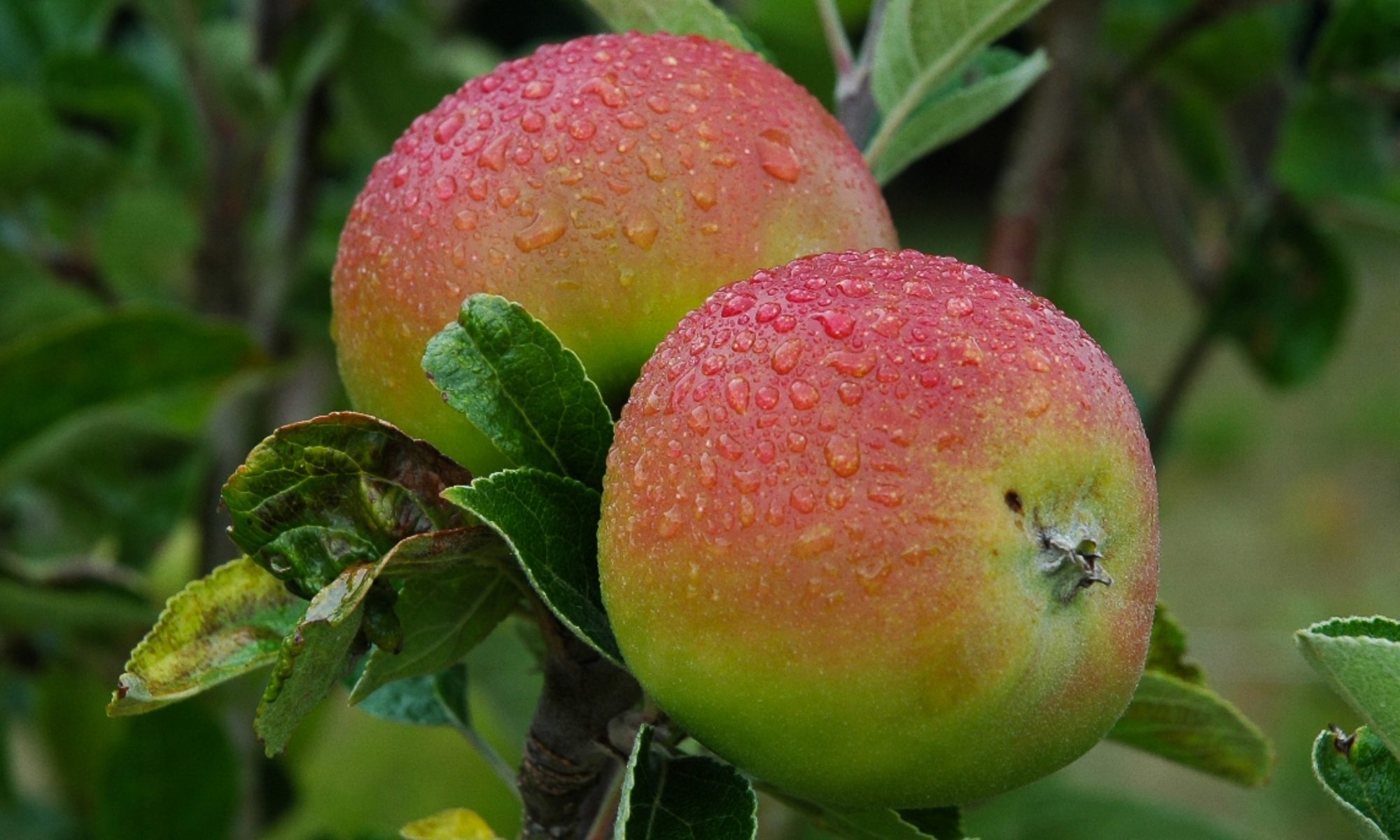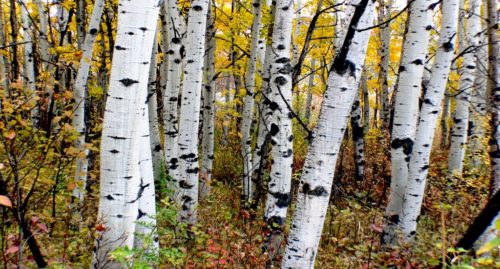Birch is a tree in the birch family. Birches are hardy and can be found anywhere in the Northern Hemisphere.
You are viewing the mobile-adapted version of the page.
The one for tablets, laptop and desktop also provides general information, such as origin, toxicity and cultivation.
Birch (Betula) is a tree in the birch family (Betulaceae). Birches are hardy and can be found anywhere in the Northern Hemisphere.
It is best to prune the birch in the fall and winter when the sap flow has almost stopped. In the spring just before the leaves emerge, the sap flow is very strong and the tree may bleed when pruning.
Birch occurs naturally in swamps and other moist soils. Birches are pioneer plants: they quickly occupy open spaces in the forest.
Birches are not demanding when it comes to soil.
Like beech, birch lives in symbiosis with soil fungi. The fly agaric (Amanita muscaria), in particular, is often found on birches.
Birches do not tolerate pruning well because the birch wood is very soft and rots quickly.
Bugs
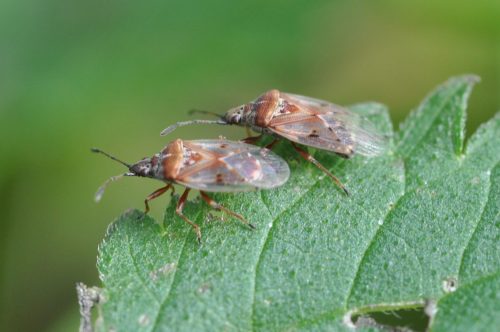
Leaf damage, yellow spots, and holes: birch catkin bug (Kleidocerys resedae).
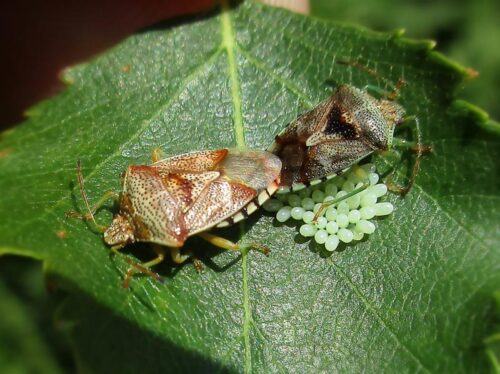
Slight damage to leaves and seeds: parent bug (Elasmucha grisea).
Aphids on the leaves: Lime tree aphid (Eucallipterus tiliae). This aphid secretes honeydew on which sooty mold forms.
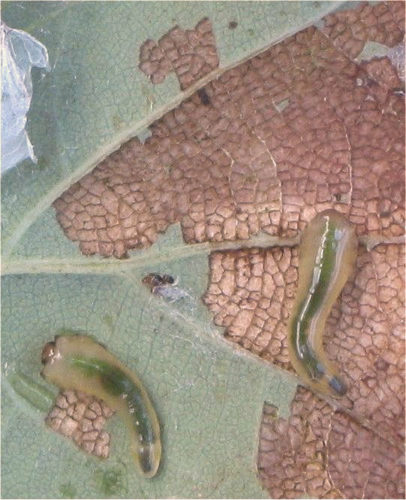
About 1 cm small, dark-tinged, slimy snails eat the mesophyll between the veins of the leaves. This causes the remaining mesophyll to turn brown and the leaves may drop: snail-like caterpillars (larvae of the oak slug sawfly – Caliroa annulipes).
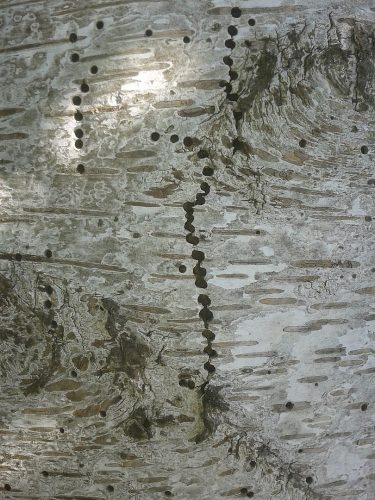
On the trunk, a series of holes develop longitudinally: the birch sapwood borer (Scolytus ratzeburgi).
Fungi & diseases
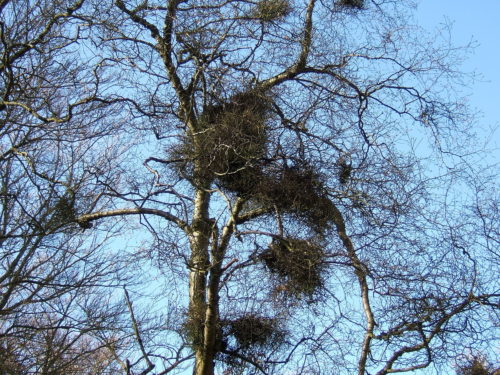
A motley collection of outgrown twigs: witch’s broom (Taphrina betulina).
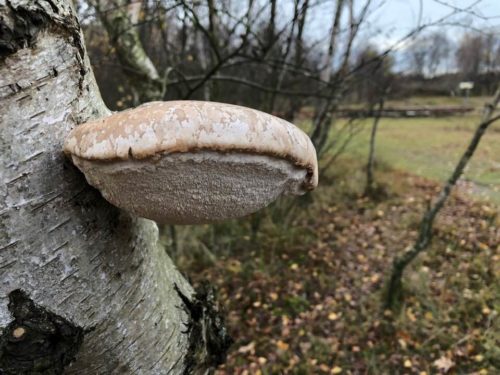
A 10 to 30 cm large rusty brown or gray fungus on the trunk: birch polypore (Piptoporus betulinus).
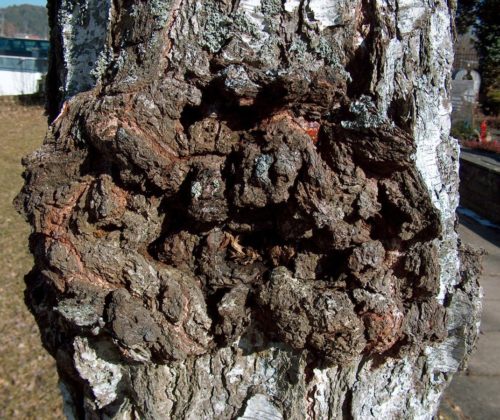
Wild growth and overgrowth on the trunk: nectria canker (Neonectria ditissima).
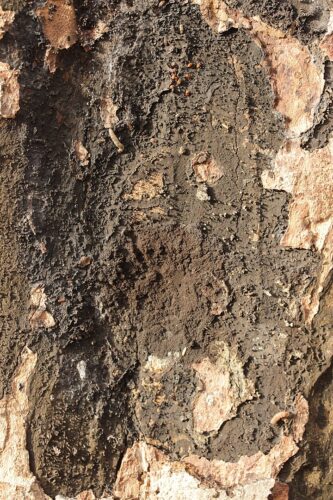
Dark brown to black spots on the bark, early leaf fall and dried branches in the crown: sooty bark disease (Cryptostroma corticale).
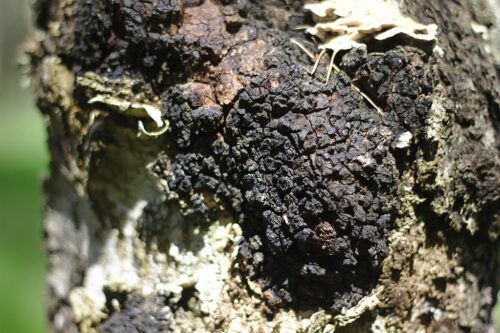
A black, irregular thickening develops on the trunk. Size ranges from 4 to 40 cm in diameter and 10-15 cm in thickness: chaga (Inonotus obliquus).
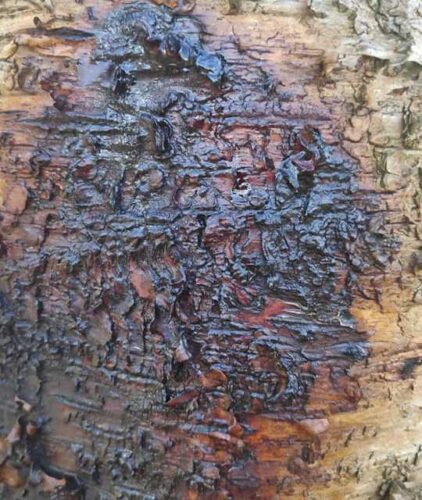
The birch bleeds profusely from a spot infested by Phytophthora.
Other
Birch bleeds profusely after pruning: pruning took place during or just before the leaf emerges. The bleeding is barely stemmed.
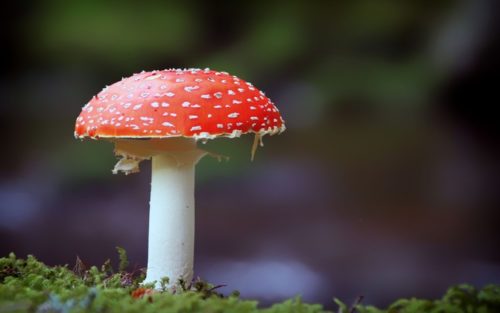
Fly agaric is often found under birches.
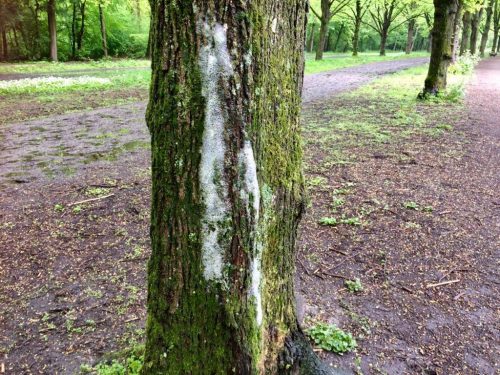
In early spring, foam appears at the base of the trunk: tree foam.
